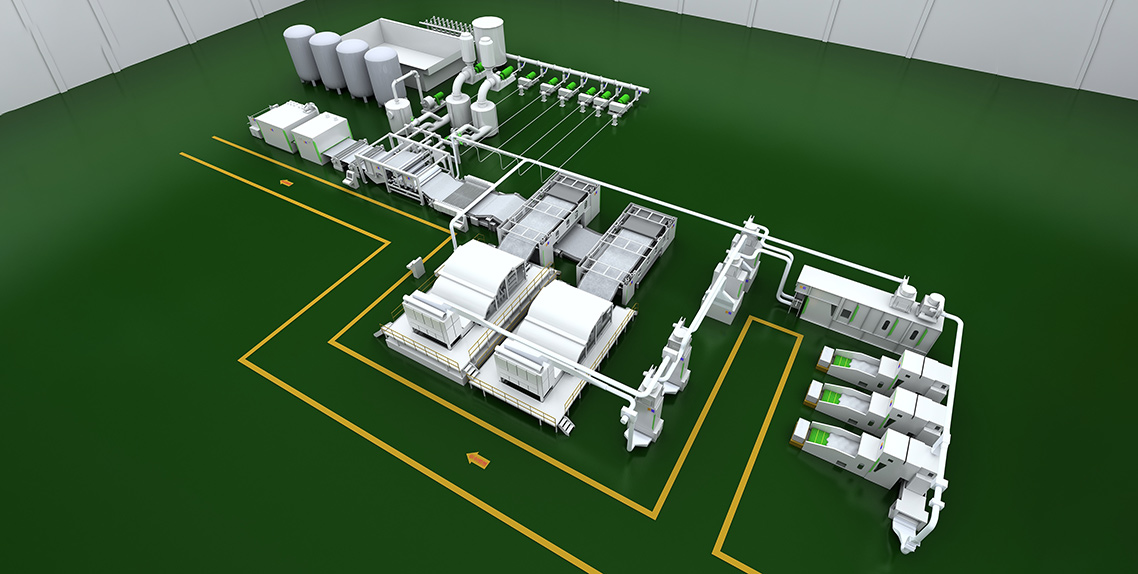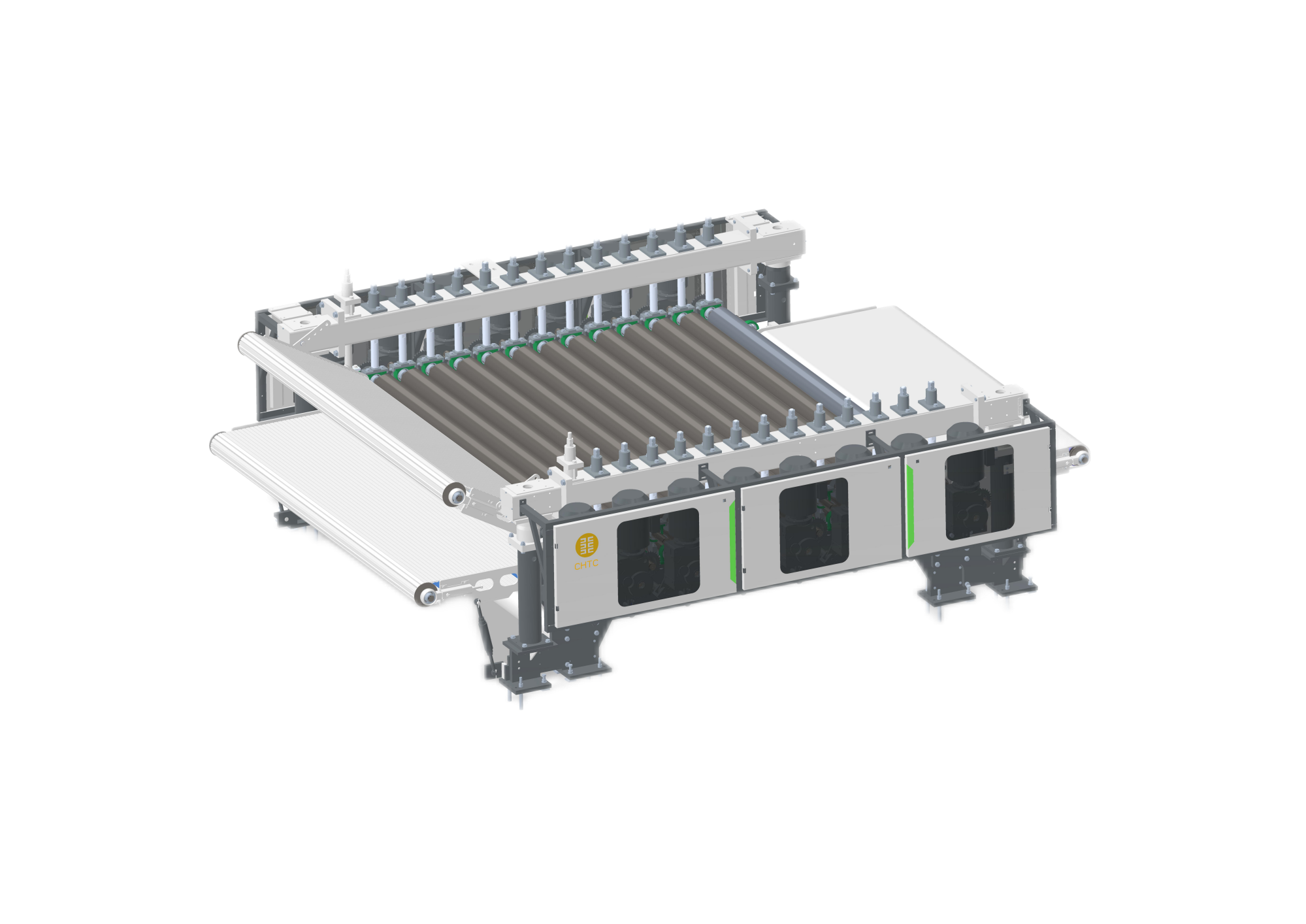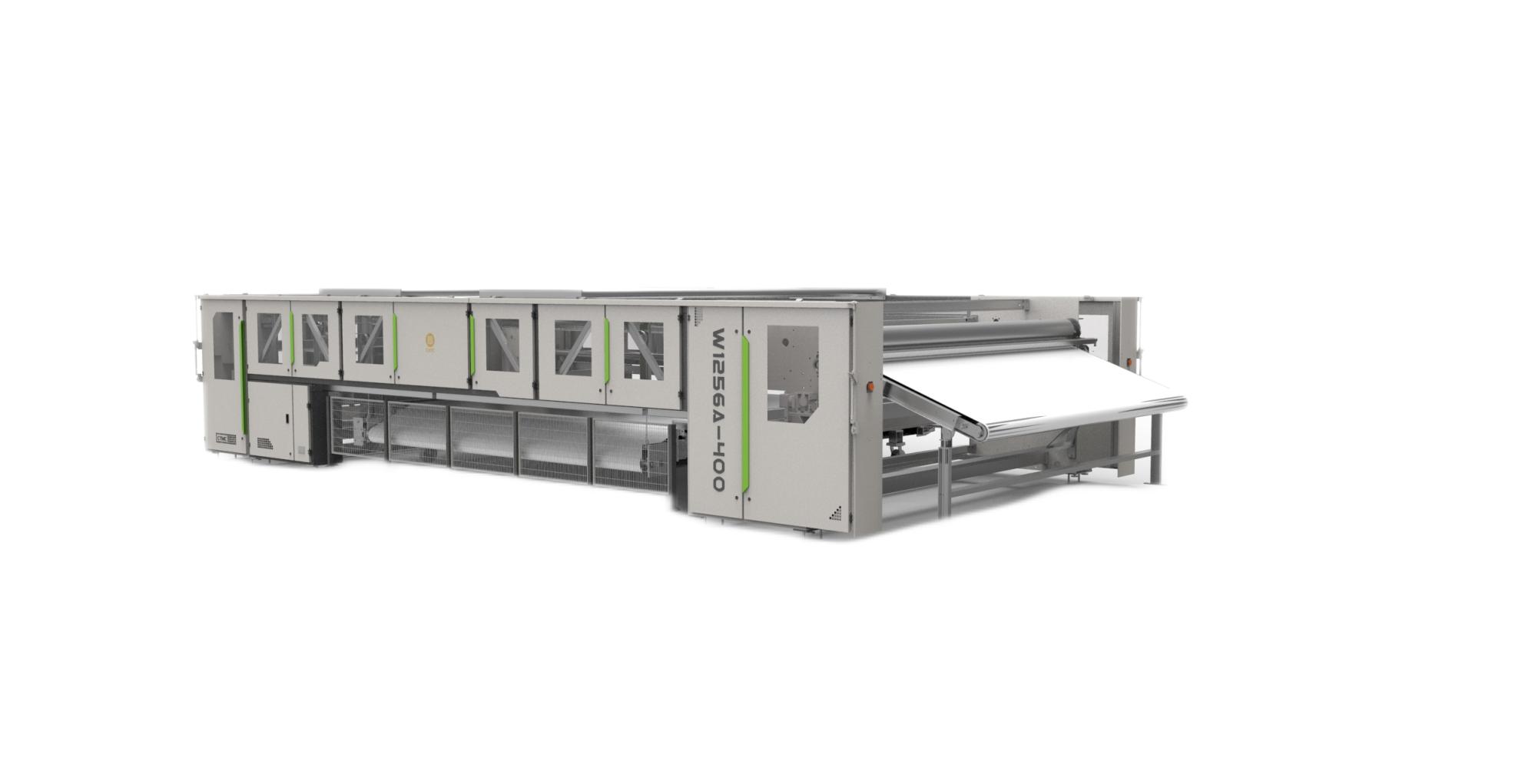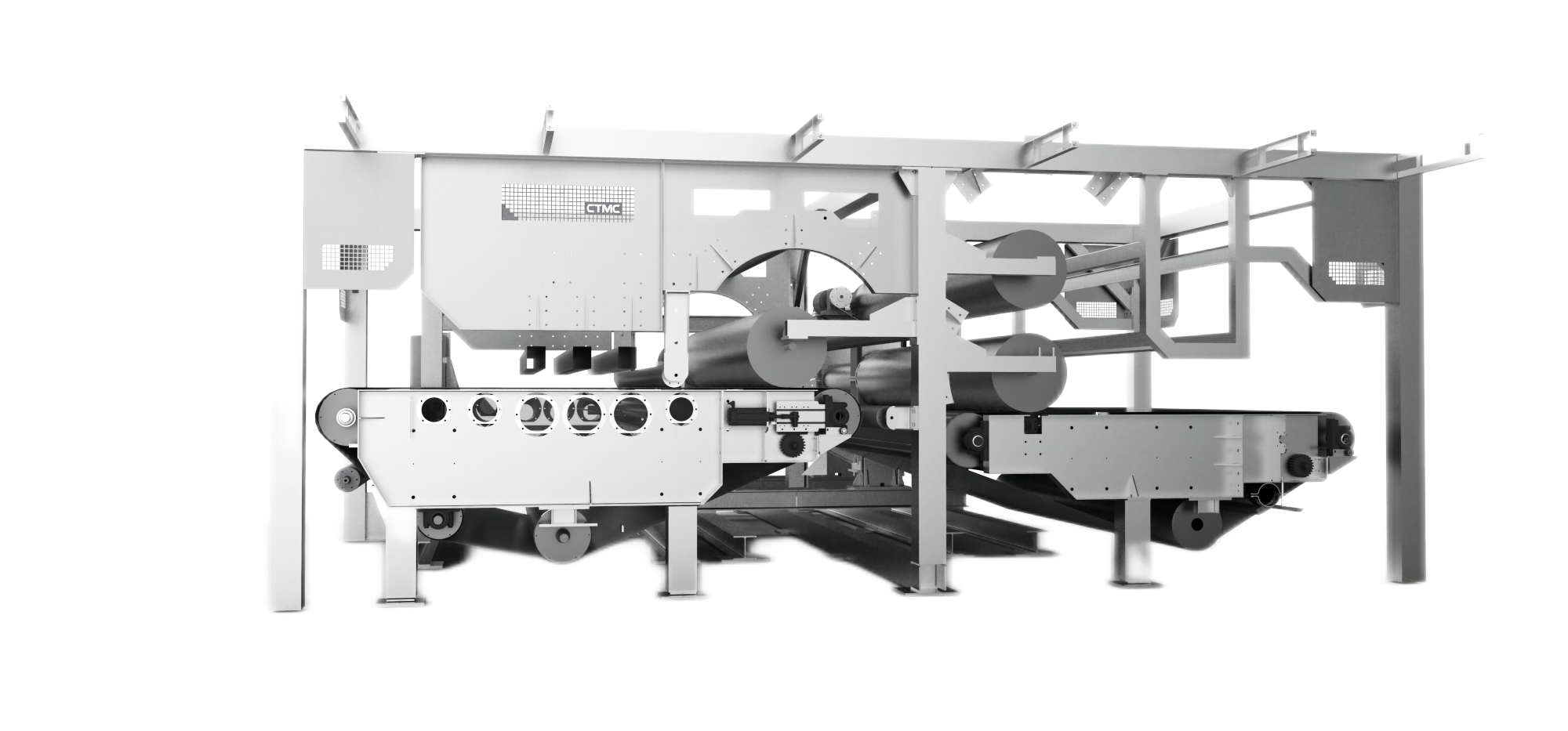- Home
- News
- Spunlace Nonwoven Machine-3 Nonwoven Needle Punching Machine And Water Jet Needling Device
Spunlace Nonwoven Machine-3 Nonwoven Needle Punching Machine And Water Jet Needling Device
A Nonwoven Needle Punching Machine is a critical piece of equipment used in the production of nonwoven fabrics. Nonwovens are fiber materials typically made from polymer fibers such as polypropylene, polyester, etc., and they differ from traditional textiles in that they do not require spinning and weaving but are instead produced by directly bonding the fiber materials together. Nonwovens find wide applications in medical, hygiene, packaging, agriculture, construction, and other fields due to their abrasion resistance, breathability, waterproofing, and moisture-absorbing properties.
Here is the introduction to the Nonwoven Needle Punching Machine:
Principle of Operation: The Nonwoven Needle Punching Machine works through a series of processes to transform fiber materials (usually in the form of powder or granules) into a continuous nonwoven fabric. Its operation is akin to knitting, but it employs specially designed needle punches with multiple fine tips to entangle, connect, and interlace the fiber materials.
Key Components: A typical Nonwoven Needle Punching Machine comprises a feeding system, pre-rolling device, needling unit, and winding unit. The feeding system supplies the raw fiber material to the machine, the pre-rolling device creates the initial layer of fibers, the needling unit is the crucial part consisting of needle punches and a water spraying system to connect the fibers, and finally, the winding unit rolls up the produced nonwoven fabric.
Control System: Modern Nonwoven Needle Punching Machines are equipped with advanced control systems that monitor and adjust parameters during production to ensure the quality and performance of the nonwoven fabric meet the required standards. These parameters include the speed, pressure, temperature, and humidity of the needle punching process.
Applications: Nonwoven Needle Punching Machines are widely used in the production of medical masks, sanitary napkins, tissue paper, agricultural coverings, filtration materials, packaging materials, carpet backings, and various other nonwoven fabric products. Their versatile applications make Nonwoven Needle Punching Machines pivotal in industrial production.
Here is the introduction to the Water Jet Needling Device:
The Water Jet Needling Device is a crucial component of the Nonwoven Needle Punching Machine, responsible for interconnecting fiber materials to create nonwoven fabrics. Here is the introduction to the Water Jet Needling Device:
Working Principle: The Water Jet Needling Device operates similarly to knitting but utilizes specially designed water jet needles and high-pressure water streams to entangle, connect, and interlace fiber materials. During the water jet needling process, the fiber materials first pass through a pre-rolling device to form an initial web-like structure. Subsequently, this fiber layer is subjected to the water jet needling device, where water jet needles penetrate the fiber layer and inject high-pressure water streams to connect the fibers. This process can be repeated multiple times to ensure the stability and strength of the nonwoven fabric.
Needle Characteristics: Water jet needles are typically made of sturdy metal and feature multiple fine tips. The shape and arrangement of these tips can be adjusted according to specific production requirements. The sharp tips allow water jet needles to easily penetrate the fiber materials during the needling process.
Water Flow System: The Water Jet Needling Device includes a water flow system responsible for supplying high-pressure water streams to the water jet needles. This system usually consists of a high-pressure water pump, pipelines, and nozzles to ensure effective penetration of the fiber materials. The pressure, flow rate, and spray pattern of the water flow can be adjusted as needed to achieve different types of nonwoven fabric preparation.
Control System: Modern water jet needling devices are equipped with advanced control systems to monitor and adjust parameters during the needling process. This ensures that the quality and performance of the nonwoven fabric meet the required standards. Parameters such as needle speed, pressure, temperature, and humidity can be adjusted as needed.
Applications: Water jet needling devices are widely used in the production of various nonwoven fabric products, including medical supplies, filtration materials, automotive interiors, packaging materials, carpet backings, sanitary napkins, and more. Their applications are extensive because the water jet needling process can interconnect and interlace various fiber materials to meet the requirements of different products.



